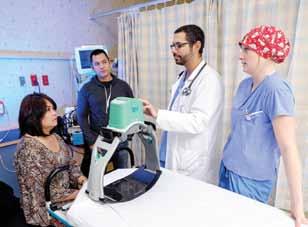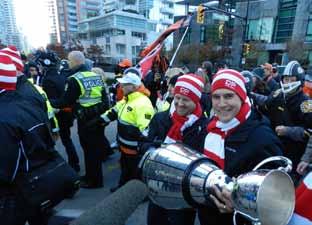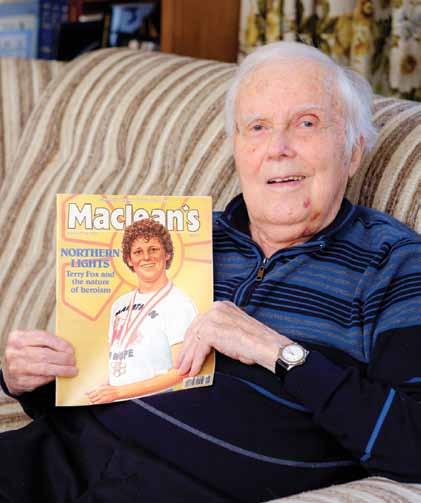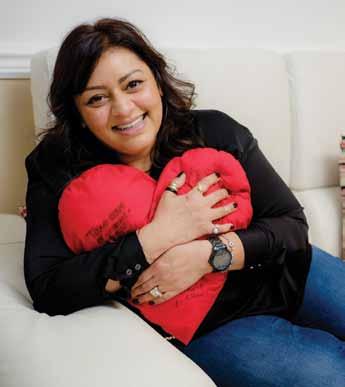
2 minute read
Donor-funded life saver
Rose Aviado had not been feeling well the night before. Despite that, the Surrey resident headed off to work that morning with her husband Cesar, walking part of the route. On their way, Rose complained of dizziness and then suddenly stumbled to the ground. She would suffer the first of several cardiac arrests and in the process become the first patient at Royal Columbian Hospital to have her life saved with the help of new donor-funded equipment that had arrived a day earlier. As Cesar called 911, someone from a nearby RCMP building rushed over to perform CPR. Paramedics worked on her next. Rose was eventually taken to nearby Surrey Memorial Hospital. From there, she was referred to Royal Columbian Hospital, the region’s cardiac intervention centre. Rose needed a stent to open the main coronary artery. DONOR -FUNDED Newly arrived equipment works wonders during cardiac arrest LIFE SAVER
Cesar and Rose Aviado are grateful that donors funded the Lucas 2 chest compression system.
Introducing Lucas 2 Registered nurse Kathleen Klomps was working in Royal Columbian’s cardiac catheterization lab as Rose was brought in. The day before, Kathleen had been among a group that had been introduced to a new piece of equipment that donors to Royal Columbian Hospital Foundation had purchased. The Lucas 2 chest compression system is designed to come to the rescue of people who suffer sudden cardiac arrest. The machine performs consistent and regular com
ROSE AND CESAR listen as Dr. Jahangir Charania and registered nurse Kathleen Klomps explain how the Lucas 2 functions.

pressions to keep the blood flowing when the heart stops. “When you do the compressions manually, you usually try and get a few of the bigger, stronger people, and you rotate through as much as you can,” explains Kathleen. “With this machine, any one of us from the team could push go.”
Much appreciated The medical team had begun Rose’s angioplasty when she suddenly went into full arrest again. Kathleen called out for the Lucas 2. With instructions still fresh in their minds, she and a colleague directed the rest of the team. Rose would suffer a few more cardiac arrests as the hospital worked to save her life, using the Lucas 2 and defibrillators to try to gain the upper hand on a life-threatening situation. It took close to an hour of intense work before Rose was considered safe. As a result of that effort, Rose survived her cardiac emergency. Rose’s husband Cesar is grateful to the medical staff, as well as the donors who played a role in her care by funding the chest compression system. “I appreciate everything: the nurses, the doctors, the equipment,” says Cesar. “It’s not just her that it helps, but us too, because we still have her.”







